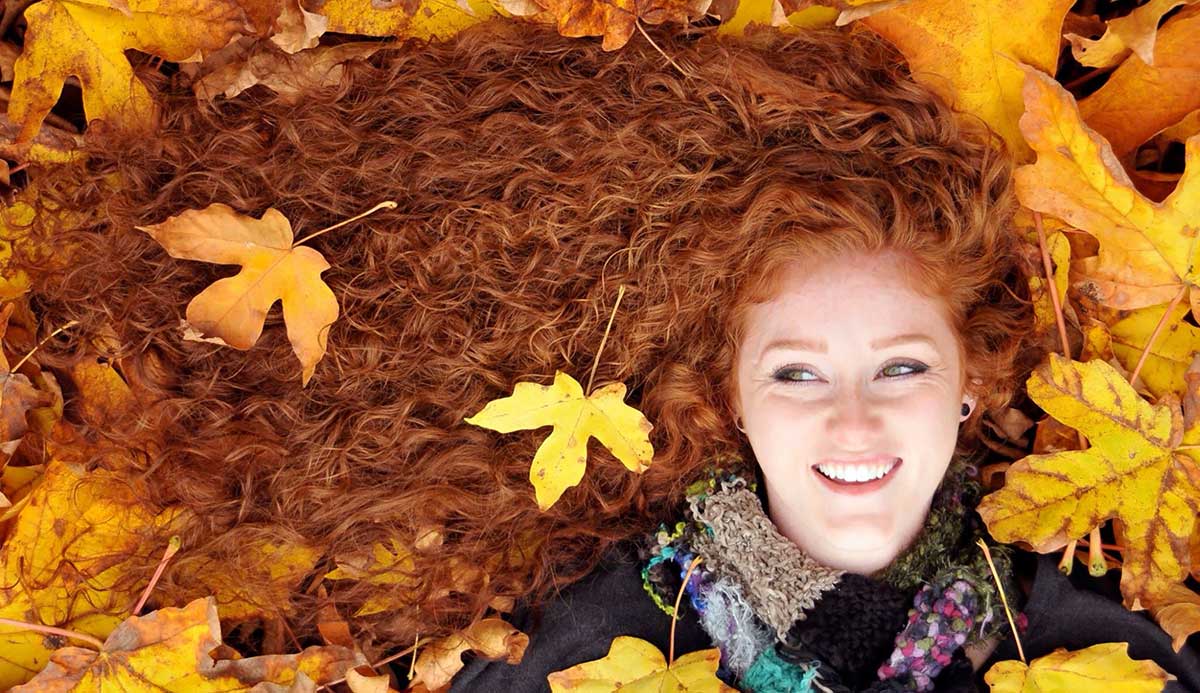Actinic Keratoses
Actinic keratoses are a precancerous skin condition. This condition, also known as solar keratoses, most commonly affects fair-skinned, light-haired adults over the age of thirty, but anyone of any age or ethnicity is at risk. While actinic keratoses are very treatable, it is important to identify and diagnose them as soon as possible. If not caught early, the condition can develop into skin cancer.
This condition is most likely to turn into squamous cell carcinoma, a common form of skin cancer. While it will not transition into melanoma, there is still a risk of chronic illness and, without any treatment, death. If you suspect you have this condition, make an appointment at one of our Minneapolis-area offices. We can diagnose and treat a range of skin lesions.
Actinic Keratoses Causes
Actinic keratoses is primarily caused by excessive exposure to ultraviolet light, typically in the form of the sun or tanning beds. Less commonly, cancer-causing agents, called carcinogens, such as radiation and certain chemicals, can also cause actinic keratoses. It is this exposure to ultraviolet light and carcinogens that damages the DNA of epidermal (skin) cells. The DNA damage causes the skin cells to develop and grow abnormally, eventually mutating into precancerous actinic keratoses.
Actinic Keratoses Symptoms
With a practiced eye, actinic keratoses is easily recognizable. It can appear as dry, scaly, rough or crusty patches on the surface of the skin. Color of these patches vary from slightly red, light beige to dark brown and can also vary in size. Sometimes, the lesions can be slightly tender to the touch.
Generally, actinic keratoses affect the face, ears, neck, lips, backs of the hands and forearms. This is because these areas are likely to receive the most exposure to sunlight.
Treatment for Actinic Keratoses
Actinic keratoses will sometimes go away on their own. However, the lesions will usually return after more sun exposure. We do not recommend waiting to see if the lesions disappear, as it can be difficult to know if, and when, they develop into skin cancer. If you suspect you have actinic keratoses on your skin, make an appointment with us.
Actinic keratoses can be successfully resolved by several different treatments. This most often includes topical medications, like Diclofenac, 5-flurorouracil, Imiquimod, and Ingenol mebutate. All of these medications require a doctor’s prescription.
This condition also responds well to cryotherapy, wherein a physician freezes off the precancerous tissue, similar to freezing off a wart. Light therapy, also known as photodynamic therapy, has also been successful at removing these lesions, as laser therapy. Talk to your doctor about the treatment option that will work best for you.
Nearly all people over age 50 have seborrheic keratosis, and the prevalence of the waxy, round or oval shaped wart-like growths tends to increase with age. The growths are not contagious or harmful but can cause discomfort if they catch on clothing or jewelry or are otherwise irritated, so many people prefer to remove them. Fair skinned people with a family history are most likely to develop seborrheic keratosis. Darker-skinned people tend to develop the growths around the eyes. Do not rub, scratch or pick at skin growths; the irritation can cause bleeding, swelling, and even infection. See a dermatologist if a growth quickly appears, grows, or changes; itches or bleeds; or looks dry, flat, rough and scaly.
- Causes: The cause is unknown, though some women develop seborrheic keratosis during pregnancy or after estrogen replacement therapy. Because they are so common in older individuals, they are sometimes called “age spots” or “the barnacles of aging.”
- Symptoms: Seborrheic keratosis are often tan or brown but can range from white to black. They can occur anywhere on the skin, except palms of hands and soles of feet. They are most often found on the head, neck, chest, or back. They may itch. Depending on the size, location, and irritation, these spots may go unnoticed for a long time or they may feel like an urgent skin condition that needs to be dealt with.
- Diagnosis: Seborrheic keratosis can resemble skin cancer, so it’s important that a board-certified dermatologist make an expert diagnosis. Sometimes a biopsy will be done to make certain a growth is not cancerous.
- Removal: Seborrheic keratoses can be removed with liquid nitrogen (cryosurgery) to freeze and destroy them. They can also be removed by scraping or cutting away the growth (curettage) or by electric current (electrosurgery). Some growths can be vaporized with various laser treatments (ablation). Seborrheic keratoses generally do not reappear after removal, but new ones may appear elsewhere.
- Cosmetic Treatment Results: At times skin revealed after removal of seborrheic keratosis remains paler than the surrounding skin, but usually the new skin blends in as total healing occurs. Spots that have been scratched at and/or become infected for a time are at greater risk of discoloration and scarring. At the very least, seborrheic keratosis removal isn’t simply you should try at home. Under the watchful eye and skilled hand of a dermatologist, you can get eliminate skin barnacles and get the best possible cosmetic result.

